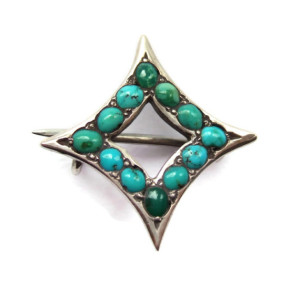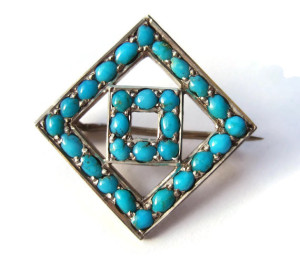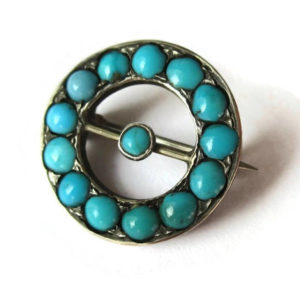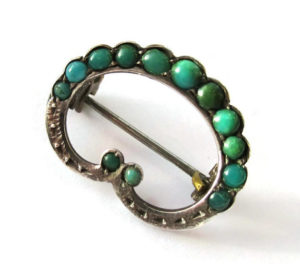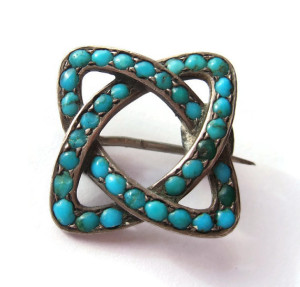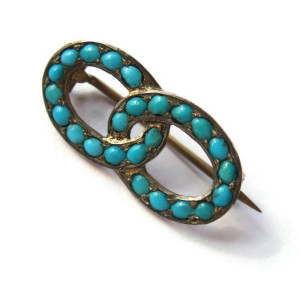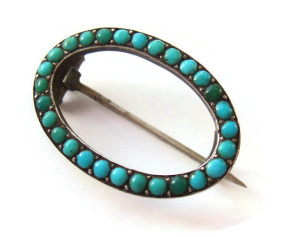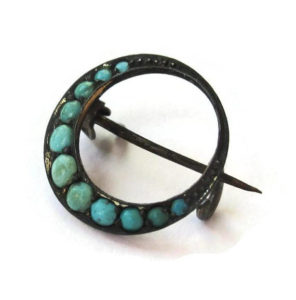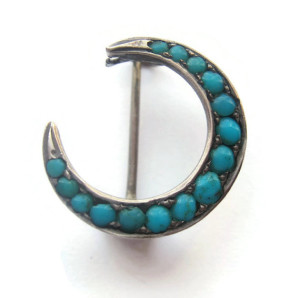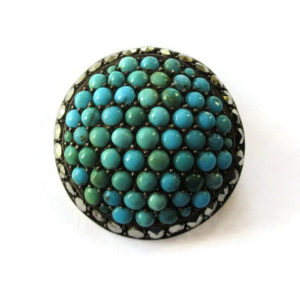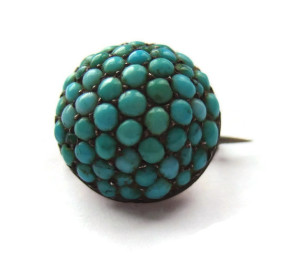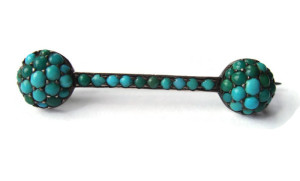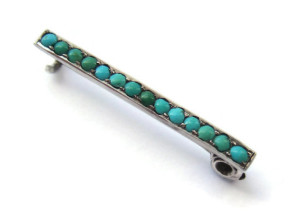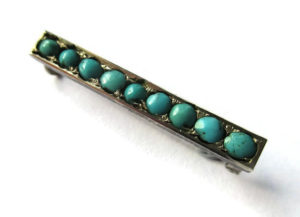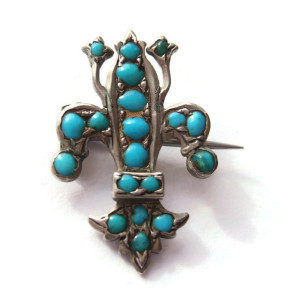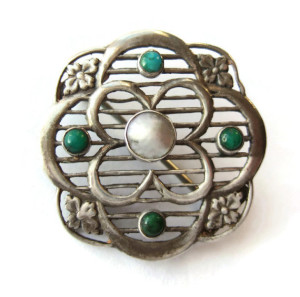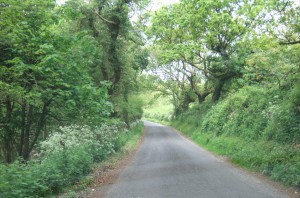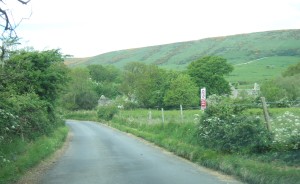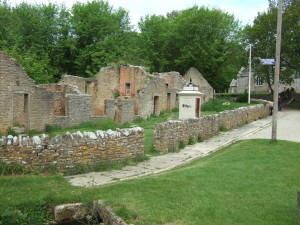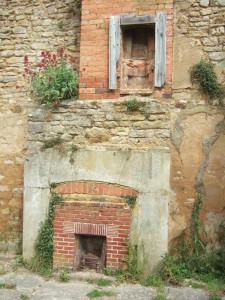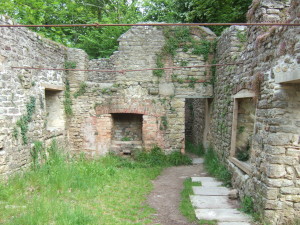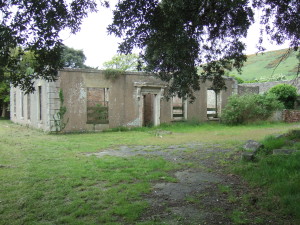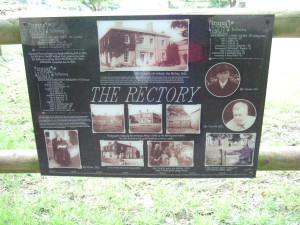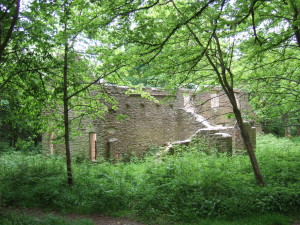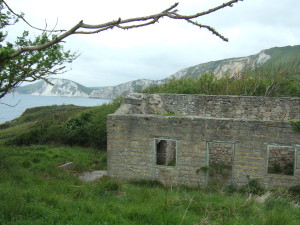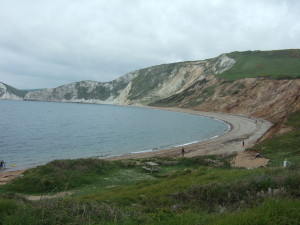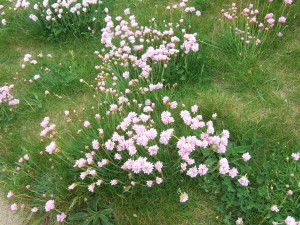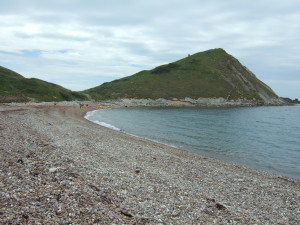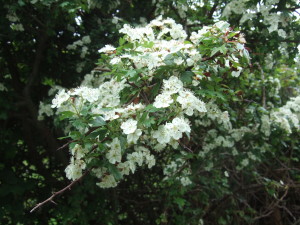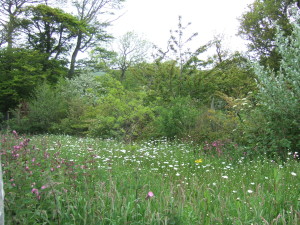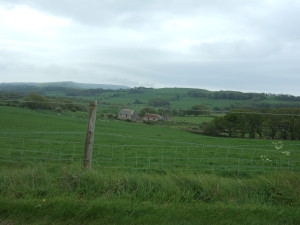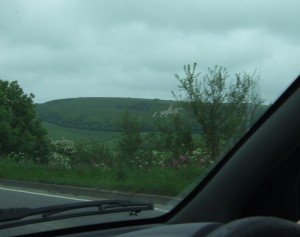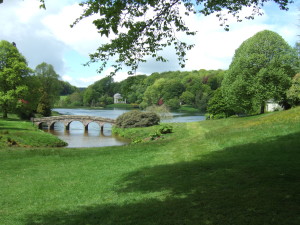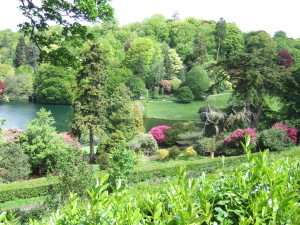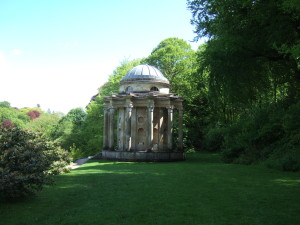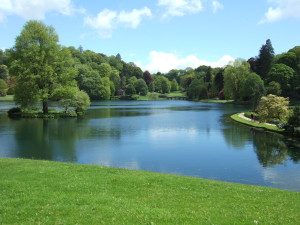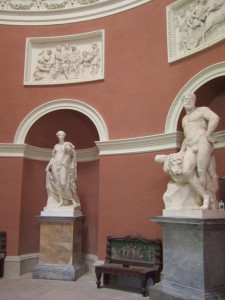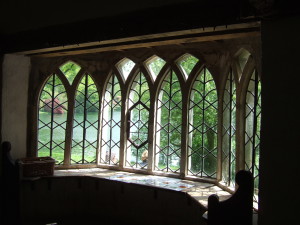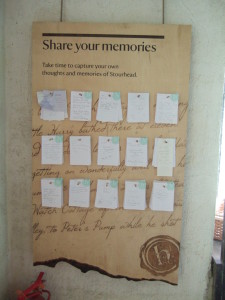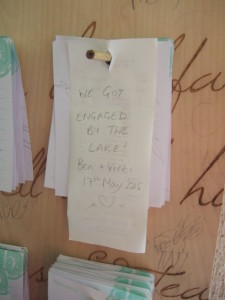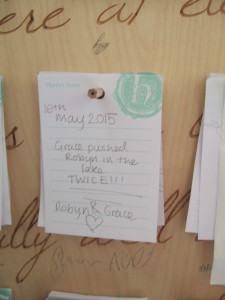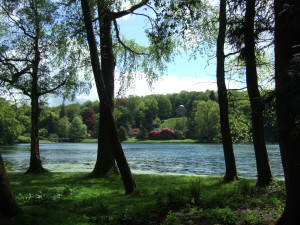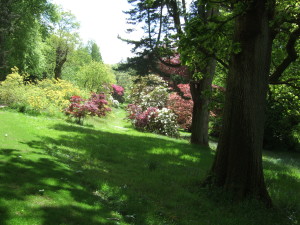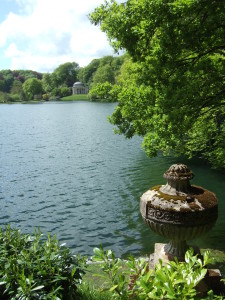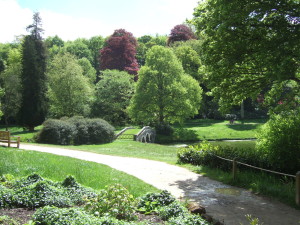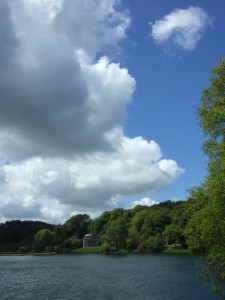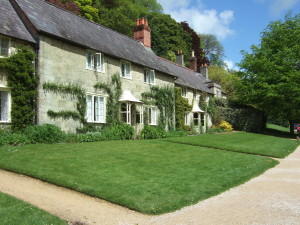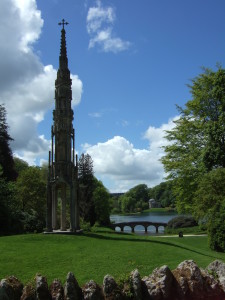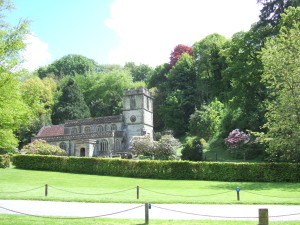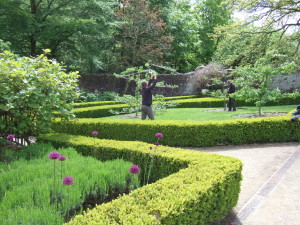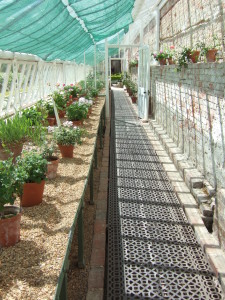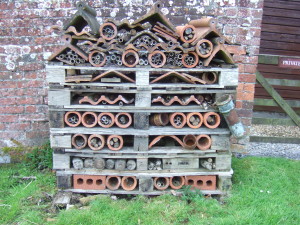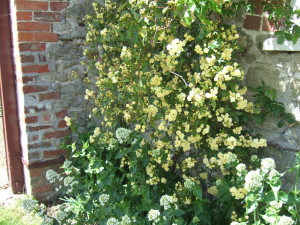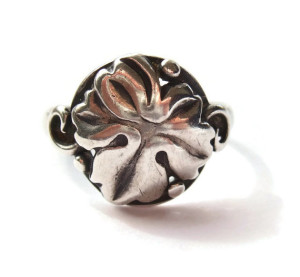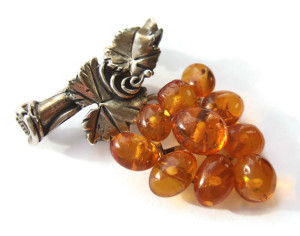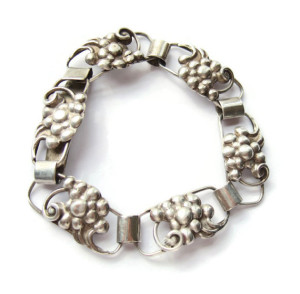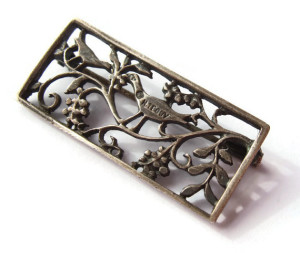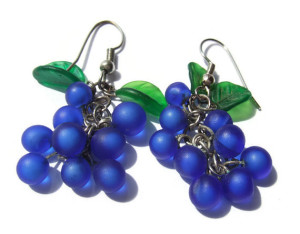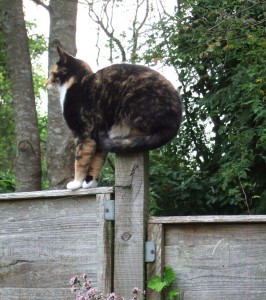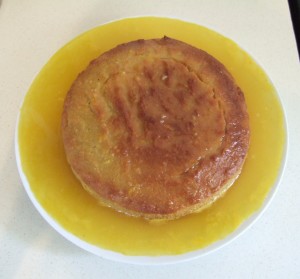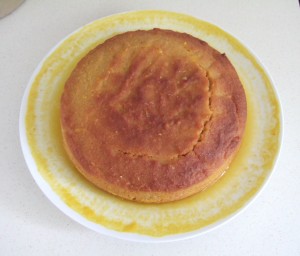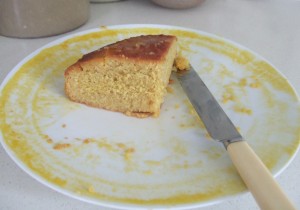Among all the jewellery types and styles that I sell and have sold in my Etsy shop, I unsurprisingly have some favourites. Scandinavian silver is at the top of the list, but jostling for position not far behind was Victorian and Edwardian Persian turquoise jewellery. Just look at these beauties!
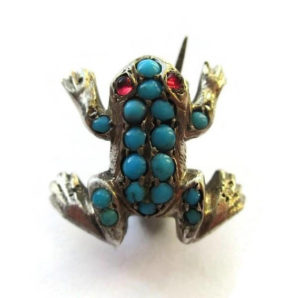
Turquoise and pinkish red stone (garnet or ruby) and silver frog brooch, dating from the Edwardian period. For sale in my Etsy shop, Inglenookery: click on photo for details.
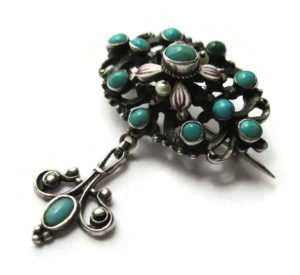
Austro-Hungarian brooch with seed pearls (some missing) and Persian turquoise, and a more modern dangle added. For sale in my Etsy shop: click on photo for details.
Turquoise has been mined in the region of the Ali-Mersai mountain near Neyshabur (Nishapur) in the Khorasan Province of north-eastern Iran for at least 4,000 years. Until the 20th century, Iran was known as Persia, but confusingly the bright blue and much-prized stone that came from Persia became known as ‘turquoise’ as it was imported to the west via Turkey, and was assumed to have originated there. Persian turquoise was highly prized by jewellers round the world as the best pieces come in a beautiful rich blue colour with no matrix, and the stone is harder than turquoises mined elsewhere in the world.
The tiny cabochons of Persian turquoise were particularly popular in the late Victorian and early Edwardian era, when they were used to make small brooches and lace pins in a variety of shapes. The ones pictured below are those I have sold in my shop: there are many other shapes and designs yet to be added!
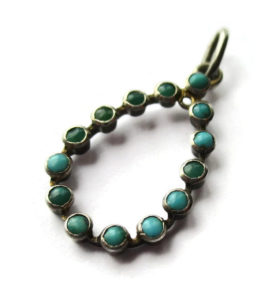
Pendant in 900 silver with Persian turquoise. For sale in my Etsy shop: click on photo for details. (NOW SOLD).
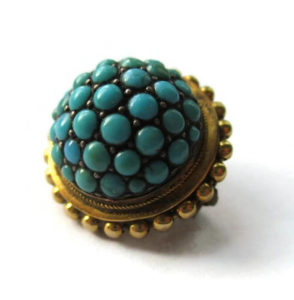
Pavé late Victorian Persian turquoise and gold-tone mount brooch. (NOW SOLD).
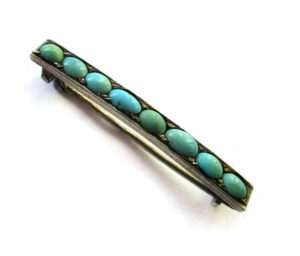
Persian turquoise bar brooch in 800 silver. For sale in my Etsy shop, Inglenookery: click on photo for details. (NOW SOLD).

Victorian Persian turquoise dagger jabot brooch. For sale in my Etsy shop: click on photo for details. (NOW SOLD).
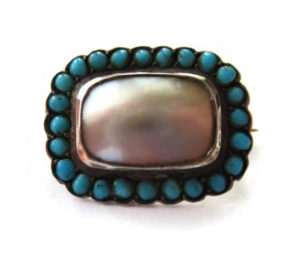
Mother of pearl and Persian turquoise brooch. (NOW SOLD).
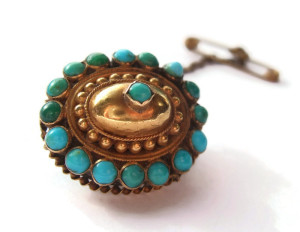
Victorian Etruscan Revival gold and Persian turquoise brooch. (NOW SOLD).
In the Victorian and Edwardian periods turquoise was a favourite gemstone. In the language of stones that was so popular then, turquoise represented a ‘pledge of love, a gift to the betrothed and an affirmation of feeling.’ Some of this jewellery was made with small, irregularly-shaped cabochons in a variety of colours ranging from light blue, the classic turquoise blue, through to greeny blue. Sometimes these turquoises were set in pavé style, which takes its name from the cobblestones of a street surface and their close-set appearance.
Turquoise is still mined in the Ali-Mersai mountain in north-eastern Iran. A fascinating photojournalism article about the mine, published in January 2010, can be read here. The conditions look very hard and probably haven’t changed too much over the millennia, and this makes me appreciate the stones even more.
